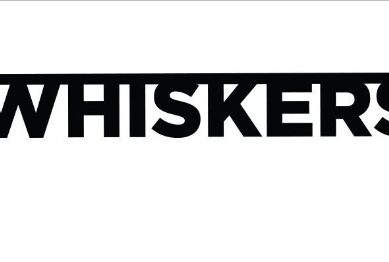A new report by Vital Strategies’ TERM, an AI-powered marketing monitoring service, found that tobacco companies are fighting declining global smoking rates and stricter advertising regulations by investing in novel digital marketing ranging from metaverse experiences to podcasts, Non-Fungible Token (NFT) art and beyond. These unregulated spaces are dominated by younger audiences, with some estimations showing that 51% of metaverse participants are aged 13 or younger.
“Tobacco use is on the decline globally and the tobacco industry desperately needs to hook the next generation of users to protect their bottom line as smokers die off,” said Nandita Murukutla, Vice President, Global Policy and Research at Vital Strategies. “In TERM’s latest report, we see the industry trying everything online to reach new users, tapping into their vast marketing budgets to place advertising in every corner of the internet, where regulations are weakest. Of particular concern is that the spaces they are targeting are overwhelmingly full of young audiences. Our data shows that governments need to step up: Smart policies and enforcement are needed urgently to address the challenges these digital tools pose to efforts to curb tobacco marketing. We need to keep our foot on the gas and ensure the technology isn’t left unchecked.“
Exposure to tobacco marketing is a main reason why youth initiate smoking, which kills half of users. It is well established that tobacco is being promoted on social media; less is known about other emerging digital venues. Vital Strategies’ Tobacco Enforcement and Reporting Movement (TERM) is offering early evidence into how these platforms are being exploited by tobacco companies across a range of digital platforms. “The Next Frontier in Tobacco Marketing: The Metaverse, NFTs, Advergames and More” offers recommendations for governments on how to take action now to prevent tobacco marketing from growing unchecked.
Key findings include:
Diverse marketing tactics and tools: Tobacco is being marketed using a range of marketing tactics across different platforms. This includes developing video games to advertise products (“advergaming”); using music, sports and adventure brands to indirectly promote a company’s tobacco products (community marketing and event promotions); using social media to promote “corporate social responsibility” initiatives to build brand familiarity; and selling products through websites and through messaging apps such as WhatsApp that are more challenging to monitor (online retail).
Example of advergaming: TERM found a youth-oriented online game that indirectly promotes one of the largest tobacco companies in the country through the use of its corporate logo.
Example of community marketing and event promotions: TERM found music, sports and adventure brands in Indonesia organized events that were sponsored by tobacco brands to indirectly promote tobacco products and appeal to youth.
Use of emerging technologies: Digital innovations such as NFTs and the metaverse are already being used for tobacco promotions, and it is likely that this will increase as they become more popular.
Example in the metaverse: TERM observed a tobacco company-associated account in Indonesia using metaverse art to promote partying and smoking in the metaverse. In India, a tobacco company sponsored the first metaverse wedding and Diwali celebration via its juice and chocolate brands.
Example of an NFT: TERM found an NFT developed and promoted by a tobacco company in India to celebrate the company’s 93rd anniversary.
“Countries that are Party to WHOs Framework Convention on Tobacco Control have agreed to ban tobacco advertising, promotion and sponsorship, but implementation is a challenge when it comes to internet. Digital platforms continue to increase their market share targeting young people with ads for tobacco and e-cigarettes. We must restrict the marketing of tobacco, nicotine and other health harming products on digital channels and social media platforms,” said Dr. Vinayak M Prasad, Unit Head, No Tobacco (TFI) WHO.
Fueled by increasing use of virtual and augmented reality technology, advertising in the metaverse is expected to grow each year to a market size of nearly US $4 billion by 2030. Many experts predict that by 2040 the metaverse will be a fully immersive, daily part of life for half a billion or more people around the world.
Recommendations for governments:
Restrict: Prohibit all forms of tobacco advertising, promotion and sponsorship across all media platforms, including evolving ones based on newer technologies.
Monitor: Establish media monitoring systems to identify new trends in tobacco marketing.
Enforce: Consider which government agencies and other stakeholders have jurisdiction to regulate different platforms and the best mechanisms to do so.
Evidence presented in this report is drawn from Vital Strategies Tobacco Enforcement and Reporting Movement (TERM), a digital media monitoring system that leverages the power of AI and our team of tobacco control experts to identify evidence of tobacco marketing on social media platforms and news sites.
Read the full report here: www.termcommunity.com/the-next-frontier-in-tobacco-marketing.
For more information about TERM, visit: termcommunity.com.


































